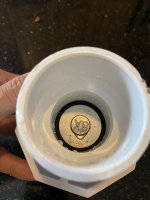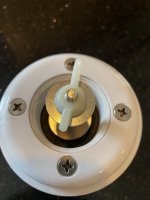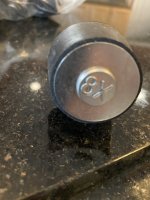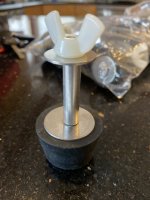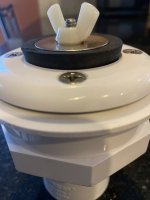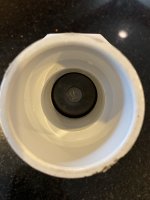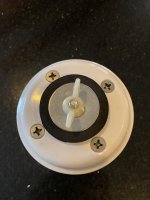Interestingly enough, I just closed my pool. I used brand new # 10 plugs and had issues with them leaking. The strange part is that as soon as a little bit of air is released from one of the plugs in the pool, they stop leaking. It could be because if they are on the outside of the housing, they do not seal 100%. Because the winters are mild here in Southern NJ, I am not overly concerned. After I was done, I called one of my friends who closes his own pool. He stated that after years of having issues with the # 10 leaking plugs, he switched to the deep ones (8X) with the wing nuts. I tried these in the past and they must be real flush or will pop out because you are working underwater.
EDIT: I have 2 Unions and a pipe after the heater, and right before the water enters the pool (after all return shut off valves), and just did a test, where I loosened up one of the unions, just a hair turn, and air hissed out, escaped and is in the system. I quickly closed the union. This is telling me that even though there were bubbles present and I relieved some pressure and they stopped leaking, that somehow air is still trapped in the lines, and water is not getting back in. This will always be a mystery!
I even had one that I purchased and placed a plug inside, filled with water, and turned upside down, and no water is dripping out of the plug. Please see the pictures on the # 11 post. Used # 10 and # 8X, in both experiments and nothing is coming out. Even though the plugs leak air, the real question now becomes does water slowly enter back in the line. Next year, I am going to quickly remove one plug, install a # 10 winter blow-thru plug and push air back (underwater) to the equipment pad. I have a union for the Anode after everything, so this will be interesting to see how much water is in the line. I made myself a little reminder so I do not forget.
For some strange reason, all the pools we close (friends only), and the plugs they have are all # 10 winter plugs. The question is do they always leak or is there some mad science to all of this.



